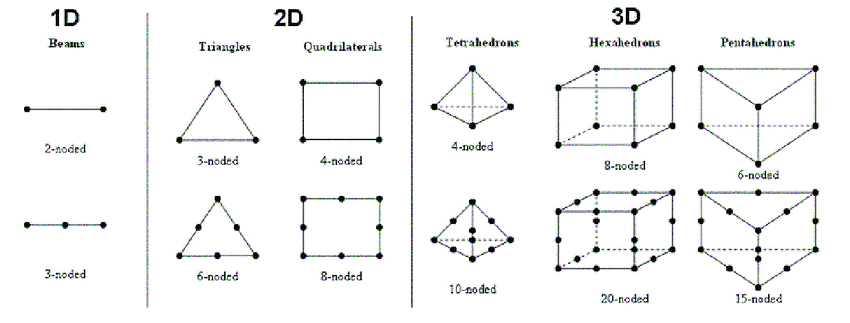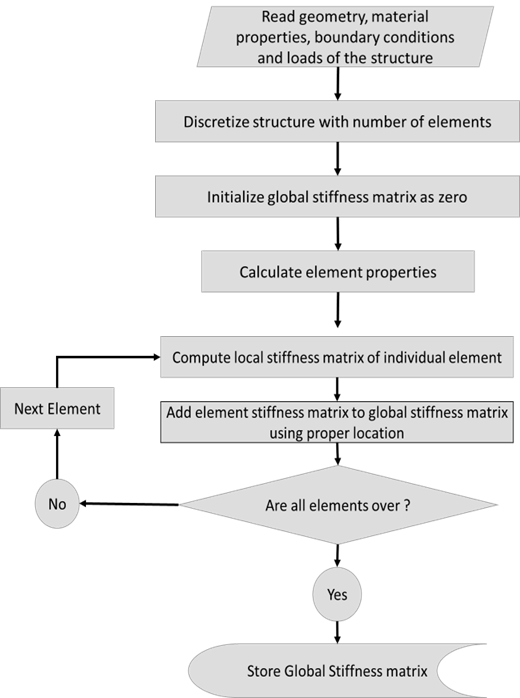What is Finite Element Analysis?
Finite Element Analysis (FEA) is a numerical method used to analyze and solve complex engineering problems. It is a computational technique that breaks down a complex structure or system into smaller, simpler elements called finite elements. By discretizing the system into these elements, the behavior of the entire system can be approximated and analyzed.
According to RENE DECARTES philosophy “Divide each difficulty into as many parts as is feasible and necessary to resolve it”. Same rule is followed in finite element analysis to resolve complex scenarios.

In FEA, the first step is to divide the system into finite elements, such as triangles or quadrilaterals in 2D problems or tetrahedrons or hexahedrons in 3D problems. Each element has a defined geometry and material properties. The system is then represented by a network of interconnected elements, forming a mesh.

The behavior of each finite element is governed by mathematical equations based on the principles of mechanics, such as equilibrium equations and constitutive relationships. These equations describe how the elements deform and interact with each other under the influence of external forces or loads.
FEA uses the method of discretization to approximate the solution to the governing equations. In other words, is a numerical technique used for solving complex engineering problems by dividing a system or structure into smaller. The underlying mathematical framework behind Finite Element Analysis is finite element method (FEM). By solving these equations for each finite element and applying suitable boundary conditions, such as fixed displacements or applied forces, the overall behavior of the system can be determined.

FEA can be used to analyze a wide range of engineering problems, including structural analysis, heat transfer, fluid flow, and electromagnetics. It allows engineers to simulate and predict the behavior of complex systems before physical prototypes are built, enabling optimization, design validation, and performance evaluation. FEA has become an indispensable tool in various industries, including aerospace, automotive, civil engineering, and manufacturing.





